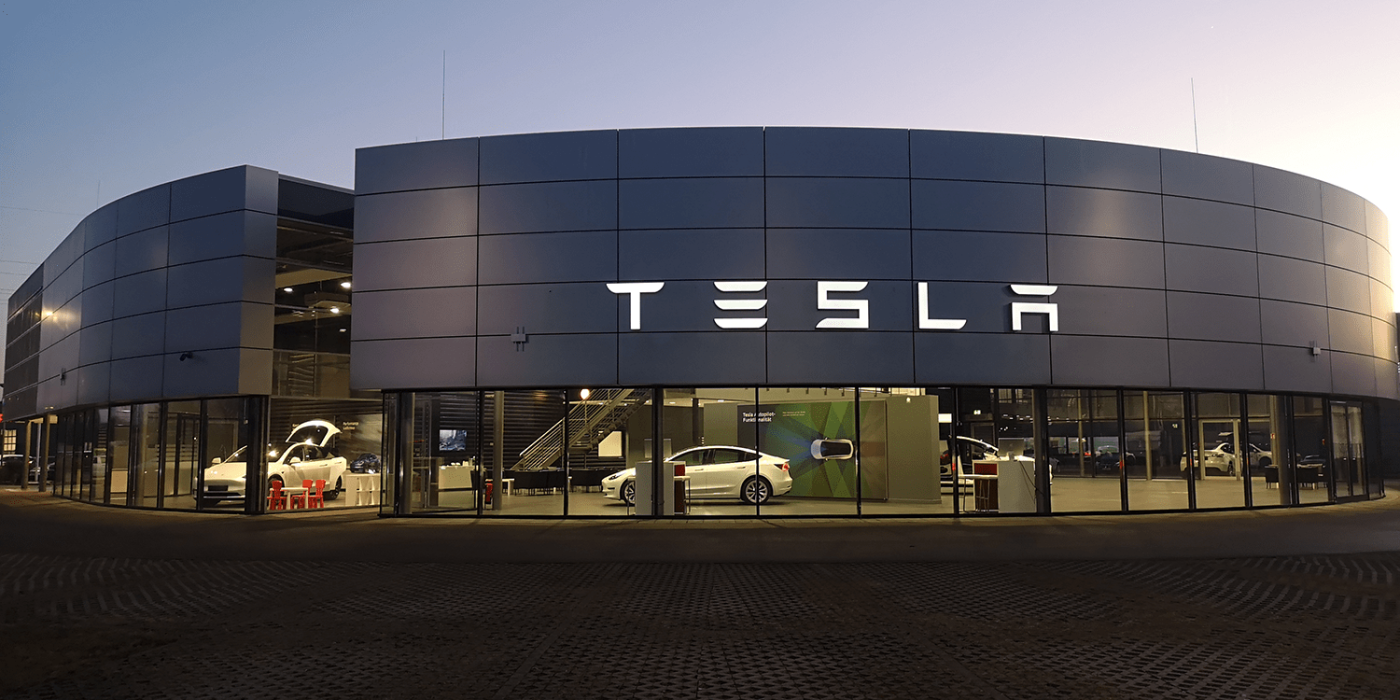Q1: Tesla’s pricing strategy curbs profitability
Tesla has presented its business figures for the first quarter of 2023. It was eagerly awaited how the company’s worldwide price cuts would affect its balance sheet. The answer: Turnover falls slightly, but profit considerably.
The company reports $23.33 billion in revenues, of which $19.96 billion came from the automotive division. GAAP net income was $2.51 billion in the first quarter. Adjusted earnings per share reached 85 cents.
Compared to the end of 2022, revenue decreased by about $1 billion in the first three months of 2023, but increased by 24 per cent compared to Q1 2022. However, at the time, a Corona-related production stop in the important Giga Shanghai prevented better results. In the final quarter of 2022, Tesla then achieved its previous sales record of 24.32 billion dollars.
Profit was also lower compared to Q1 and Q4 2022. Tesla cited 19.3 per cent as its total GAAP gross margin, less than in the previous four quarters.
Operating profit fell to $2.7 billion in Q1 from a year earlier, resulting in an operating margin of 11.4 per cent. Before that, it was fairly constant at around 15 per cent. The outliers were 19.2 per cent in Q1/2022 and 17.2 per cent in Q3/2022. Now comes the expected margin collapse due to the multiple price reductions worldwide.
However, Tesla cites higher costs for raw materials, logistics and warranties on top of the reduced average vehicle price as reasons for the reduced profitability. In addition, the company says it is currently investing heavily in the ramp-up of 4680 cell production.
Tesla nevertheless comments relatively extensively on the price cuts: “As many carmakers are working through challenges with the unit economics of their EV programs, we aim to leverage our position as a cost leader,” it says in the annual report. The short-term pricing strategy takes into account a long-term view of profitability per vehicle, and according to Tesla, prices will continue to move up or down depending on a number of factors. And, “Although we implemented price reductions on many vehicle models across regions in the first quarter, our operating margins reduced at a manageable rate.” Later in the report, it says that Tesla continues to believe that operating margins will remain among the highest in the industry.
Record-breaking deliveries but lower sales revenues
Tesla repeats its goal of producing 1.8 million electric cars this year. The carmaker even uses the same wording as in the report for the fourth quarter of 2022: “We are planning to grow production as quickly as possible in alignment with the 50% CAGR target we began guiding to in early 2021. In some years we may grow faster and some we may grow slower, depending on a number of factors. For 2023, we expect to remain ahead of the long-term 50% CAGR with around 1.8 million cars for the year.”
Production and delivery figures were already published at the beginning of the month. To that end, Tesla manufactured 440,808 and delivered 422,875 EVs in the first quarter of 2023 – a new record in both categories. Delivery figures are up 36 per cent compared to the 310,048 reported during the same period last year. Compared to the already record-breaking figures of Q4 2022, deliveries are up four per cent.
In detail: Tesla built 19,437 Model S/X vehicles from January to the end of March (10,695 delivered). The number of Model 3/Y vehicles produced was 421.371 (412,180 delivered). So it is mainly these two models on which the new records are built. While the discrepancy between production and delivery in Q4/2022 was still a good 30,000 vehicles, the number of units was reduced to around 9,000.
However, with $18.88 billion, revenues generated by automotive sales are only slightly higher YoY ($15.51 billion in Q1 2022) and below what the carmaker reported for the last quarter of 2022 ($20.24 billion). That is mainly due to the aforementioned price cuts in China, the US and Europe. While it created more demand, it also put less money per car into Tesla’s coffers.
On the production side, things are also progressing: Tesla recently achieved a weekly production rate of 4,000 Model Y at its factory in Texas. For the German factory, Tesla recently reported 5,000 Model Y per week. Tesla now confirms the latter figure for Grünheide in its annual report. In the plant overview, it is also noticeable that the company now states an annual capacity of 350,000 units for the German plant – 100,000 more than three months ago. The remaining production facilities remain at 250,000 units in Texas, 650,000 in Fremont and 750,000 in Shanghai.
The future models Cybertruck, Semi, Roadster 2, “Robotaxi and others” are not yet included. Preparations for the Cybertruck, which the company has explicitly confirmed for this year, are said to be on schedule. According to Tesla, alpha versions of the model are already rolling off the production line in Texas. The Semi is already in pilot production, but Tesla does not mention any capacities for the electric truck manufactured in Nevada.
Incidentally, Tesla does not mention the Master Plan 3 at all. For example, the planned plant in Mexico, the new models and the next-generation platform. It only writes that “we continue to make progress on our next generation platform.”





0 Comments